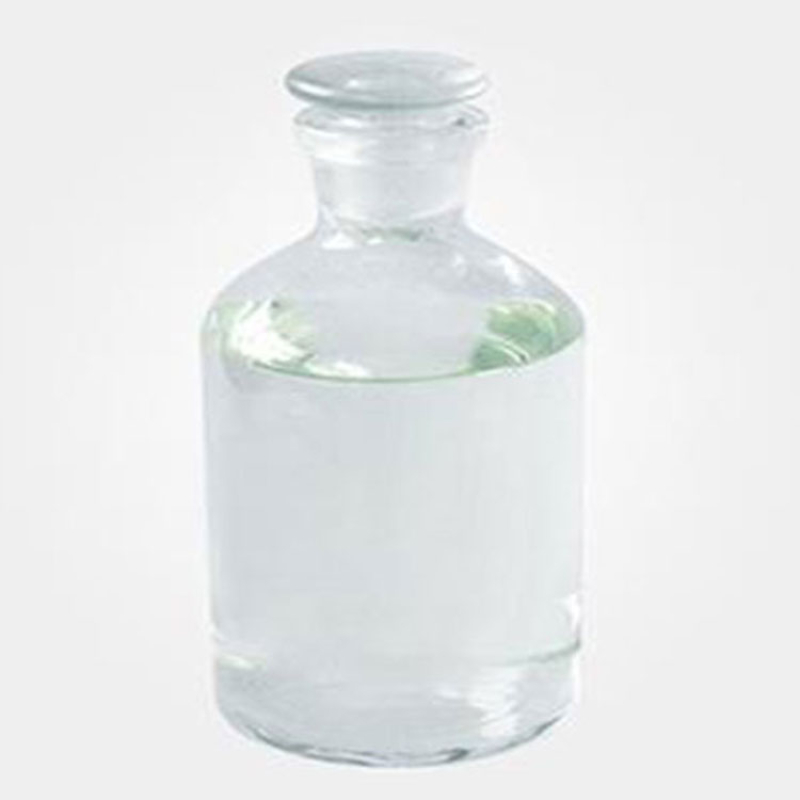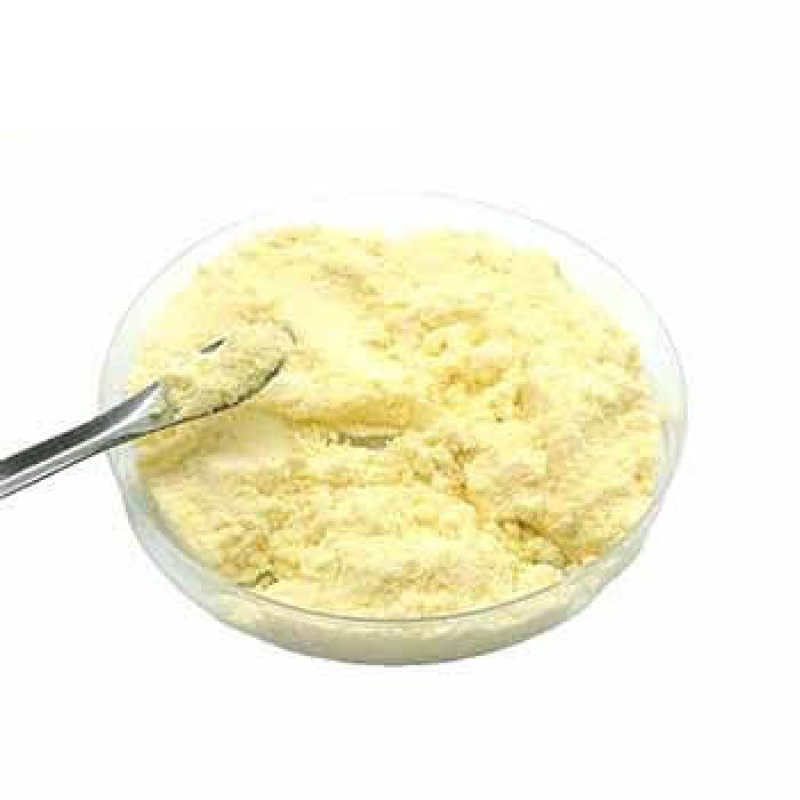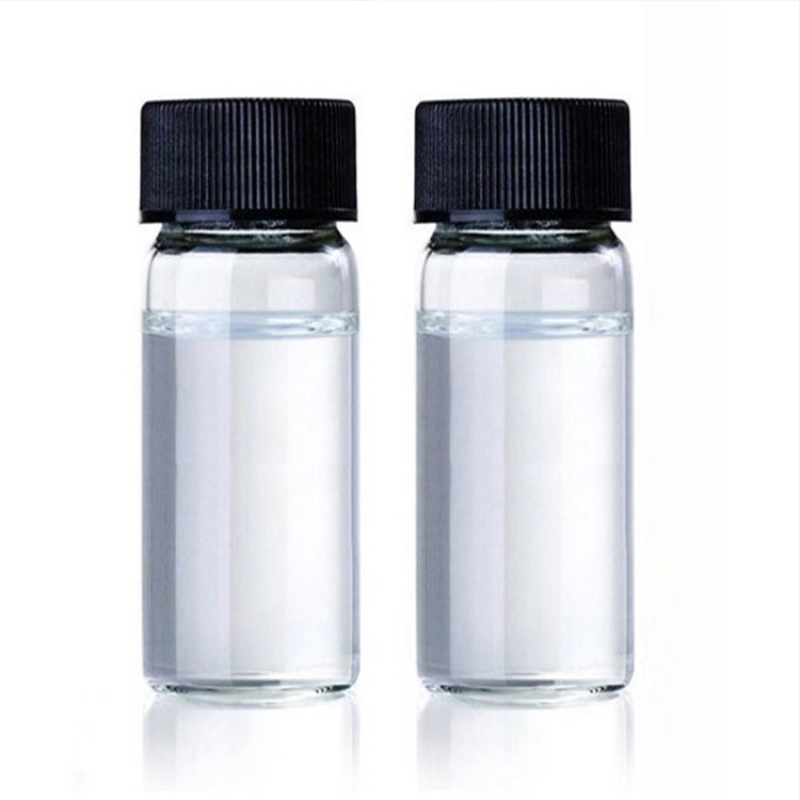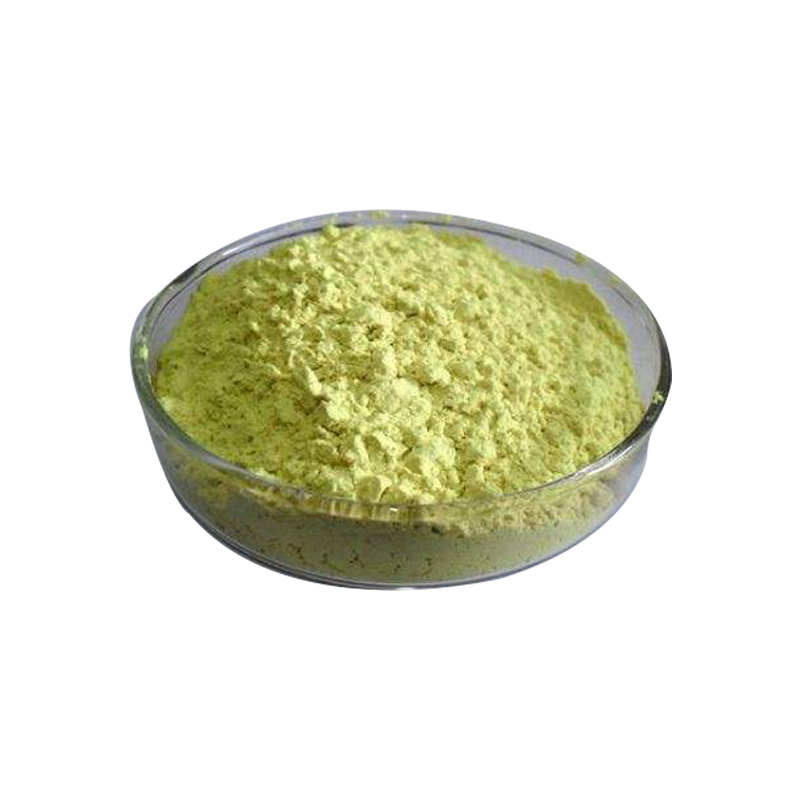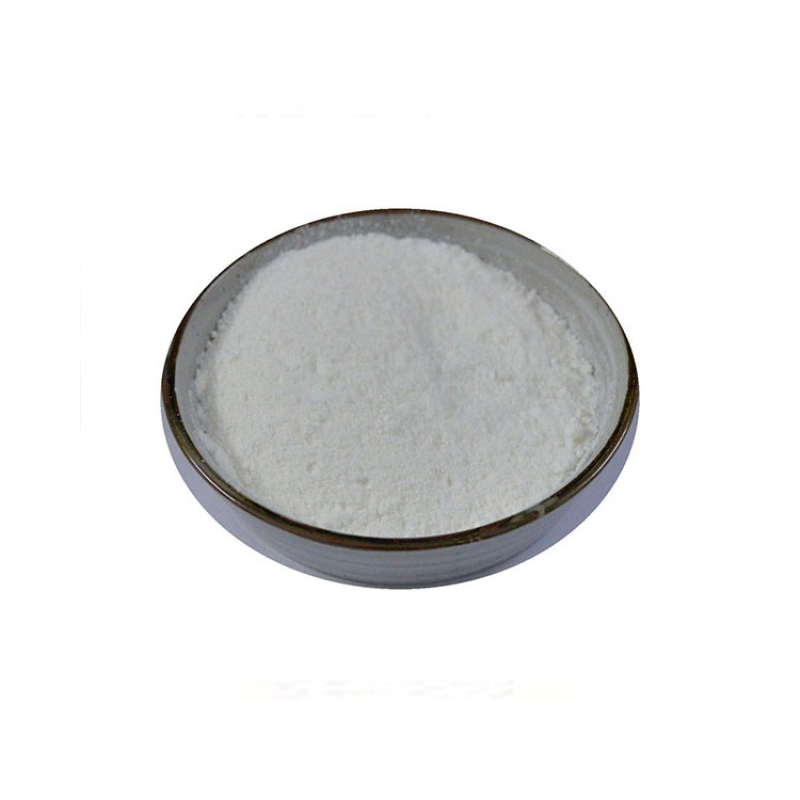Products Description of Phosphoric acidCAS#7664-38-2Phosphoric acid is also called orthophosphoric acid (molecular formula H3PO4). The pure product is a colorless, transparent, viscous liquid or orthorhombic crystal, odorless and very sour. 85% phosphoric acid is a colorless, transparent or slightly light-colored, viscous liquid. Melting point 42.35℃, specific gravity 1.70, high boiling point acid, miscible with water in any ratio, boiling point 213℃ (lose 1/2 water), then pyrophosphoric acid is generated. When heated to 300℃, it becomes metaphosphoric acid. Relative density 181.834.
Contact Now
Products Description of PHOSPHORIC ACID CAS#78-42-2PHOSPHORIC ACID is widely used as a flame retardant, plasticizer, and extraction agent in the production of chemical companies. Its most important use is the production of hydrogen peroxide.
Contact Now
Phosphoric Acid (Industrial Grade) - CAS#7664-38-2Product OverviewOur industrial-grade Phosphoric Acid, also known as orthophosphoric acid (CAS#7664-38-2), is a high-quality, versatile chemical used across a range of industries. This product is factory-direct, ensuring competitive pricing and reliable supply for global customers.
Contact Now
85%phosphoric acid CAS#7664-38-2Product Overview:Our 85% Phosphoric Acid, identified by the CAS#7664-38-2, is a highly concentrated form of orthophosphoric acid (H₃PO₄), a tribasic acid with a wide range of industrial and food-grade applications. This product is recognized for its purity, effectiveness, and the ability to meet the specific requirements of various industries.Industrial Applications:Phosphoric Acid (Industrial Grade) is a cornerstone in the chemical industry, used in the production of fertilizers, detergents, and various types of chemicals.
Contact Now
Phosphoric Acid(industrial grade) CAS#7664-38-2Phosphoric Acid, with the chemical formula H₃PO₄ and CAS number 7664-38-2, is a versatile inorganic acid that plays a crucial role in a multitude of industries.
Contact Now
H3PO4 CAS#7664-38-2Welcome to our detailed product page for Phosphoric Acid, also known as Orthophosphoric Acid, with the chemical formula H3PO4 and registration number CAS#7664-38-2. This industrial grade acid is the cornerstone of various industries, providing a range of applications from agriculture to food processing.
Contact Now
Products Description of Citric acid CAS#77-92-9Zinc Phosphate (CAS#7779-90-0) is an inorganic compound that appears as a white, odorless powder. It is a zinc salt derived from phosphoric acid and is characterized by its stable properties and low solubility in water. The chemical formula for Zinc Phosphate is Zn3(PO4)2, and it has a molecular weight of 422.12 g/mole. This compound is commonly used as a corrosion inhibitor, particularly in primer paints due to its ability to provide cathodic protection.
Contact Now
Products Description of Dehydroacetic acid CAS#520-45-6DHA is widely found in many deep-sea fish oils, as well as in marine algae and some terrestrial plants. DHA is an ω-3 type unsaturated fatty acid and an essential fatty acid for the body. mp44℃. It is very unstable to light, oxygen and heat, and is easily oxidized and cracked, so antioxidants should usually be added.
Contact Now
Products Description of Oxalic Acid CAS#144-62-7Oxalic acid is an organic substance with the chemical formula H₂C₂O₄. It is a metabolite of organisms, a medium-strong acid, widely distributed in plants, animals and fungi, and plays different functions in different organisms. Studies have found that more than 100 plants are rich in oxalic acid, especially spinach, amaranth, beet, purslane, taro, sweet potato and rhubarb.
Contact Now
Products Description of Kojic acid CAS#501-30-4Kojic acid, also known as kojic acid and kojic acid, is an organic acid with antibacterial effect produced by aerobic fermentation of glucose by Aspergillus candida at 30-32°C. Its molecular structure is a γ-pyrone with a substituent. Among the γ-pyrone compounds existing in nature, the only famous compounds are kojic acid and maltol. In 1907, Saito separated kojic acid crystals from rice koji. It was named by Yabuta in 1912 and its structure was determined in 1924.
Contact Now
Products Description of Sulfamic acid CAS#5329-14-6Aminosulfonic acid is a colorless, odorless and non-toxic solid strong acid. Its aqueous solution has the same strong acid properties as hydrochloric acid, sulfuric acid, etc., but its corrosiveness to metals is much lower than that of hydrochloric acid, etc. It is extremely toxic to the human body, but it cannot be in contact with the skin for a long time, let alone enter the eyes.Due to its strong acid properties, it is also called solid sulfuric acid.
Contact Now
Products Description of Tannic acid CAS#1401-55-4Tannic acid, also known as tannic acid, is an organic compound with a chemical formula of C76H52O46. It is a yellow or brownish yellow powder. Its aqueous solution turns blue-black when it meets an iron salt solution. Adding sodium sulfite can delay the discoloration.In industry, tannic acid is widely used in tanning leather and making blue ink. Tannic acid can coagulate protein. People use tannic acid to chemically treat raw pig skin and raw cow skin, which can coagulate the soluble protein in the raw skin.
Contact Now
Products Description of (1S)-(+)-Camphor-10-sulphonic acid CAS#3144-16-9Optically active left- and right-handed camphorsulfonic acid is an important resolving agent for chiral isomer drugs.
Contact Now
Products Description of 4-Morpholineethanesulfonic acid CAS#4432-31-92-Morpholineethanesulfonic acid is a white solid powder at room temperature and pressure. It is soluble in polar solvents such as water, ethanol, methanol, and acetone, but insoluble in non-polar solvents. Its molecular structure contains a morpholine ring and an ethanesulfonic acid group. The morpholine ring is a nitrogen-containing heterocyclic compound with high stability and inertness, and has no obvious toxicity or irritation to organisms.
Contact Now
Products Description of Sulfuric acid CAS#7664-93-9Sulfuric Acid (CAS# 7664-93-9) is a potent, colorless, and odorless mineral acid with a wide range of applications across various industries. As a cornerstone in chemical manufacturing, it's instrumental in producing fertilizers, dyes, and pigments. Its strong dehydrating and oxidizing properties make it indispensable in metal processing and refining petroleum. In the laboratory, it's a versatile reagent for titration and sample preparation.
Contact Now
Products Description of Glycolic acid CAS#79-14-1Glycolic acid, also known as glycolic acid and glycolic acid, is also an important organic synthesis intermediate and chemical product. It is widely used in organic synthesis, cleaning, electroplating, textile, leather, sterilization and other industries.
Contact Now
Products Description of Tannic acid CAS#1401-55-4This product is a light yellow to light brown powder with a special odor and an extremely astringent taste; soluble in 1 part of water or ethanol, soluble in acetone, and insoluble in chloroform or ether.Tannic acid Chemical PropertiesMelting point 218 °C (lit.)Boiling point 862.78°C (rough estimate)density 1.2965 (rough estimate)refractive index 1.7040 (estimate)FEMA 3042 | TANNIC ACID (QUERCUS SPP.)Fp 198°Cstorage temp. Storage temperature: no restrictions.solubility ethanol: soluble100mg/mL, yellow
Contact Now
Products Description of 2-Thiophenecarboxylic acid CAS#527-72-02-Thiophenecarboxylic acid is a kind of colorless crystal.
Contact Now
Products Description of 2-Phosphonobutane-1,2,4-tricarboxylic acid CAS#37971-36-12-Phosphonobutane-1,2,4-tricarboxylic acid (PBTC) is the latest generation of internationally popular phosphonic acid. It is one of the most widely used and best-performing products in the compounding of high-efficiency scale and corrosion inhibitors. This product is particularly suitable for water conditions with high temperature, high hardness, high alkalinity, high pH, and high concentration ratio.
Contact Now
Products Description of Isonicotinic acid CAS#55-22-1Isonicotinic acid is also known as pyridine-4-carboxylic acid. White needle-shaped crystals. Odorless, can sublime. Molecular weight 123.11. Melting point 319℃. Slightly soluble in cold water, soluble in hot water, insoluble in alcohol, benzene, ether. It is an amphoteric compound, soluble in both acid and alkali. Soluble in hot water and ethanol, slightly soluble in cold water and ether.
Contact Now
Products Description of 3,5-Pyridinedicarboxylic acid CAS#499-81-03,5-Pyridinedicarboxylic Acid, English name 3,5-Pyridinedicarboxylic Acid, is a chemical substance with molecular formula: C7H5NO4.3,5-Pyridinedicarboxylic acid Chemical PropertiesMelting point >300 °C (lit.)Boiling point 295.67°C (rough estimate)density 1.5216 (rough estimate)refractive index 1.6280 (estimate)storage temp. Sealed in dry,Room Temperaturesolubility 1.0g/lform Powderpka2.8(at 25℃)color White to almost whiteWater Solubility insolubleBRN 131640InChIInChI=1S/C
Contact Now
Products Description of (-)-(R)-Mandelic Acid CAS#611-71-2D-mandelic acid is a polar molecule. Because it contains hydroxyl and carboxyl groups, the molecule has a certain degree of hydrophilicity. Since D-mandelic acid is a chiral molecule, its physical and chemical properties are affected by the stereostructure of its molecule. In addition, the acid-base properties of D-mandelic acid are also affected by the molecular structure.
Contact Now
Products Description of Gadoteric acid CAS#72573-82-1White powderGadoteric acid Chemical PropertiesMelting point >300°Cstorage temp. Refrigeratorsolubility Water (Slightly)form Solidcolor White to Off-White Factory and Equipment ShowFast delivery timeInventory 2-3 working days New production 7-10 working days
Contact Now
Products Description of Madecassic acid CAS#18449-41-7Madecassoside (MC) is the main active ingredient of triterpenoid saponins in Centella asiatica Urb., a plant of the Umbelliferae family. Studies have shown that MC has a wide range of pharmacological activities in vivo and in vitro, and can reduce collagen-induced arthritis inflammation, promote the proliferation of human fibroblasts cultured in vitro, treat or prevent hypertrophic scars and keloids, and protect myocardial ischemia-reperfusion injury.
Contact Now





